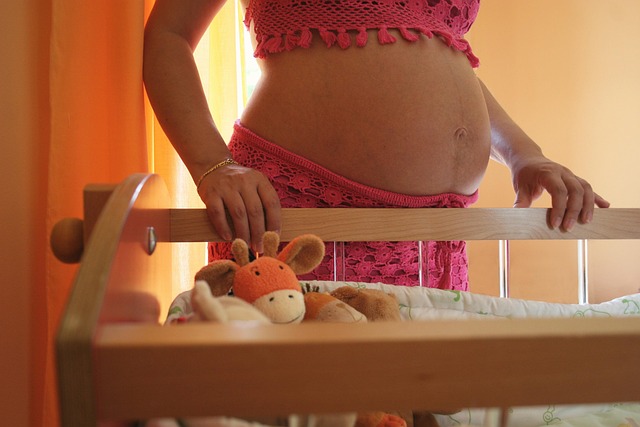Pregnancy can be an exhilarating journey, but for many, it also comes with the unwelcome companion of migraines. I’ve dealt with migraines since my early 20s, experiencing the terrifying auras that often left me questioning my health. After receiving a diagnosis and some basic guidance, I learned to manage my migraines. However, everything changed when I became pregnant.
The severity of my migraines skyrocketed during my first trimester. I found myself battling migraines almost weekly, accompanied by new symptoms like debilitating dizziness, heightened sensitivity to light, and an intensity of pain I had never experienced before. My healthcare provider attributed these changes to hormonal fluctuations and advised me to stay hydrated and avoid heat. I was told to brace myself for the second trimester, which would supposedly bring relief.
And it did! The second trimester was a welcome reprieve, with migraines becoming less frequent. Yet, as I approached the third trimester, they returned with a vengeance, coinciding with the usual discomforts of late pregnancy. Just when I thought I had escaped the grip of pregnancy-related discomforts following the birth of my child, I found myself facing another wave of migraines. The postpartum period brought its own challenges: hormone shifts, sleepless nights, and a whirlwind of new responsibilities, all while battling migraines that sometimes struck daily.
I soon learned I was not alone in this struggle; many women find their migraines spike during pregnancy and the postpartum phase. According to Dr. Emily Johnson and Dr. Sarah Lee, authors of The Comprehensive Migraine Guide for Women, the hormonal fluctuations during these periods can significantly impact migraine frequency. They explain that low estrogen levels in the first trimester often correlate with increased migraine activity, while higher levels later in pregnancy provide some relief.
In their insights shared on modernfamilyblog.com, Johnson and Lee highlight that many women experience significant improvement during the second and third trimesters, with 60-70% of migraine sufferers noting a decrease in frequency. Unfortunately, this relief is often short-lived, as estrogen levels drop post-delivery, leading to a resurgence of migraines.
For those of us dealing with migraines, it’s important to recognize that while postpartum headaches may increase, they typically return to pre-pregnancy levels over time, offering a glimmer of hope for relief. However, life as a parent often brings additional stressors that can trigger migraines, from disrupted sleep to a lack of self-care.
As we navigate the challenges of parenthood, it becomes clear that migraines can be a persistent issue. But remember, as our children grow and we reclaim our routines, we may find relief once more—until menopause, of course, which many say brings its own set of hormonal challenges.
For those interested in fertility options, consider exploring resources like the at-home insemination kit available at Make a Mom. Additionally, for more in-depth information on pregnancy-related topics, check out this excellent resource on IVF from Healthline.
Summary
Migraines can become more severe during pregnancy and postpartum due to hormonal changes. While some women experience relief during the second and third trimesters, others may face a resurgence of migraines after childbirth. Understanding these patterns can help manage expectations and find support.
